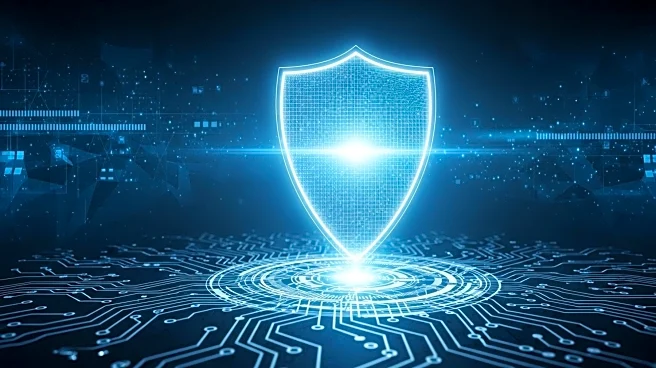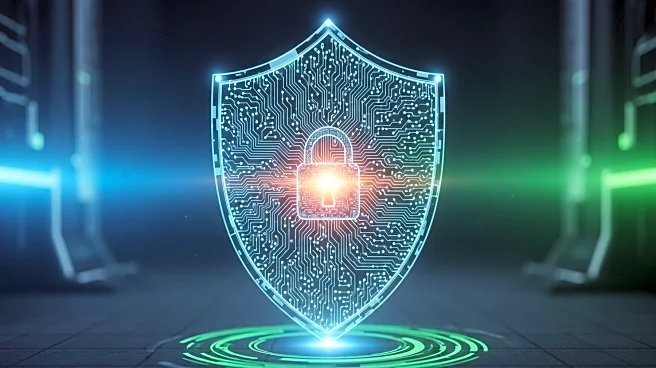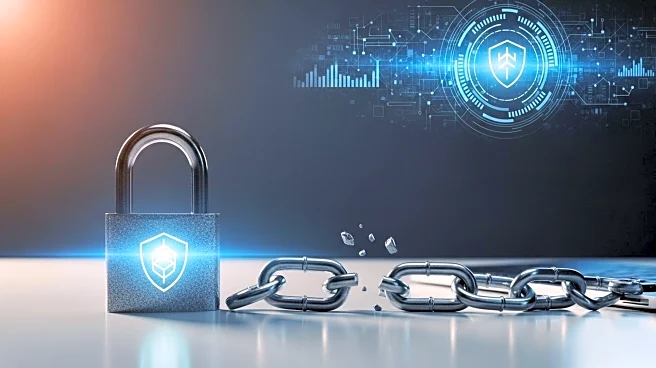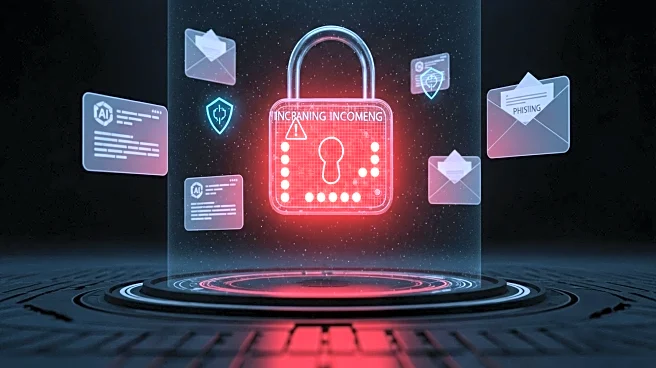What's Happening?
The cybersecurity community is increasingly prioritizing cyber resilience over traditional prevention methods. This shift is driven by the need to recover quickly from attacks and ensure business continuity. Key strategies include adopting zero trust models, threat hunting, and cybersecurity mesh architecture. Experts like Abbas Kudrati emphasize the importance of aligning people, processes, technology, and architecture to withstand attacks and recover swiftly. Despite the straightforward approach, challenges such as executive engagement, resource allocation, and cultural resistance hinder widespread adoption. Regulations like Australia's CPS 230 are promoting resilience-focused strategies, highlighting recovery and continued operation.
Why It's Important?
Cyber resilience is crucial for organizations to maintain operations and minimize impact during cyber incidents. As threats evolve, the ability to recover quickly becomes a competitive advantage, reducing financial and reputational damage. The shift towards resilience is supported by regulatory frameworks, making it a priority for businesses to comply and protect their interests. Companies investing in resilience solutions can better manage operational risks and ensure long-term sustainability. This focus on resilience also encourages a holistic approach to cybersecurity, integrating it into broader business strategies and risk management frameworks.
What's Next?
Organizations are expected to continue integrating cyber resilience into their business continuity plans. This involves adopting frameworks like NIST CSF 2.0 and ISO 31001 to align cyber risk management with enterprise-wide strategies. Leadership commitment and continuous education are essential to overcome obstacles and drive cultural change. As the market for resilience solutions grows, businesses will likely invest in tools for data backup, threat detection, and disaster recovery. The evolving threat landscape will necessitate ongoing adaptation and innovation in resilience strategies, ensuring organizations remain prepared for future challenges.
Beyond the Headlines
The focus on cyber resilience may lead to broader cultural shifts within organizations, emphasizing adaptability and learning from incidents. This approach could foster a more proactive cybersecurity culture, encouraging collaboration across departments and with third-party vendors. The integration of resilience into business strategies may also influence regulatory developments, prompting governments to update standards and guidelines. Long-term, the emphasis on resilience could drive technological advancements, leading to more sophisticated solutions and improved security architectures.











